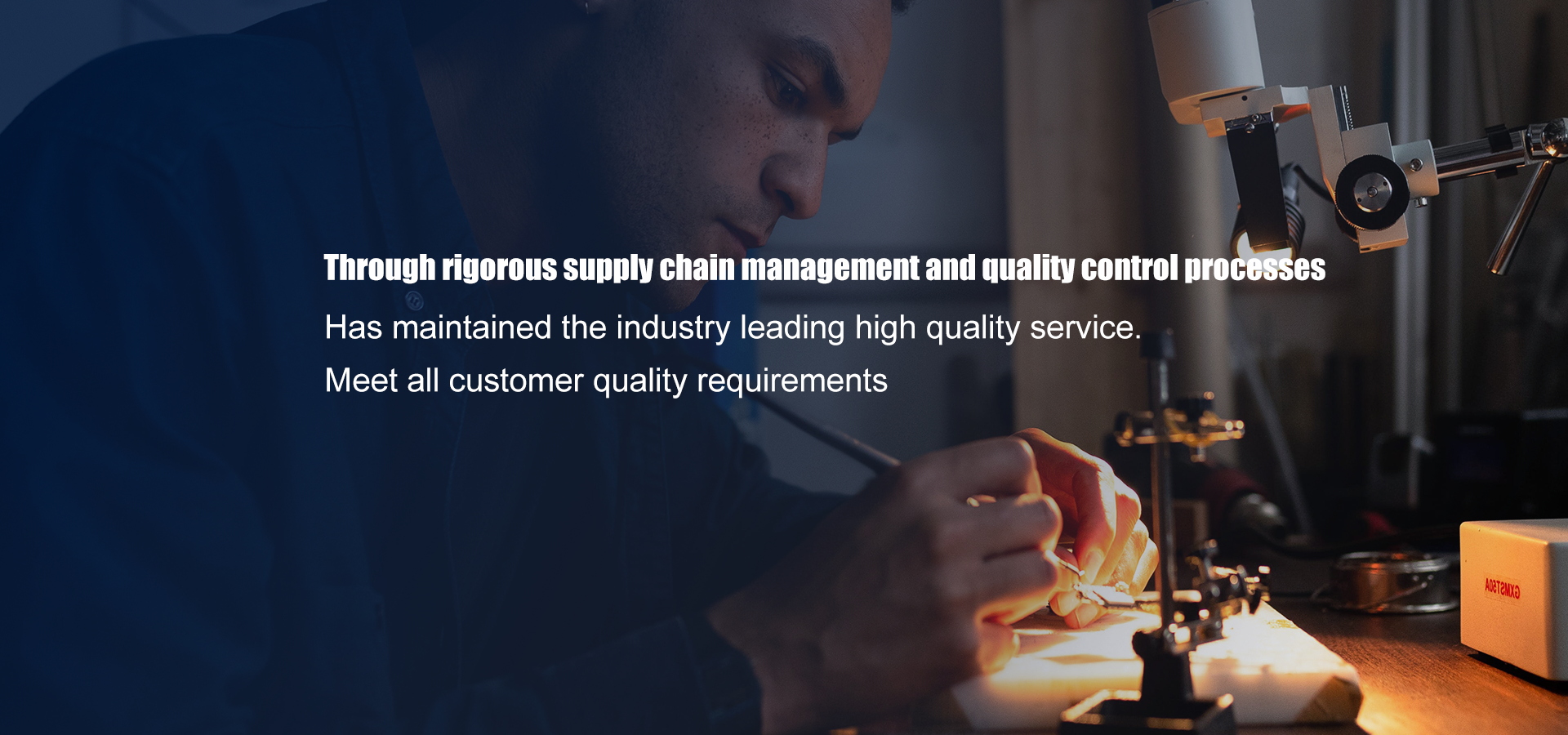

In the world of electronics, where performance and reliability are paramount, effective thermal management is a critical aspect of PCB (Printed Circuit Board) design. Whether you're developing high-power computing systems, compact consumer electronics, or rugged industrial equipment, understanding and implementing robust PCB thermal management strategies can make all the difference. This article delves into the essentials of PCB thermal design, considerations for chip selection, single-board layering strategies, and the importance of maintaining clear communication with clients to ensure feasible and scalable thermal solutions.
Thermal Management Fundamentals
Effective thermal management begins with a solid understanding of the basics. Heat is generated by electronic components during operation, and if not managed properly, it can lead to performance degradation, reduced lifespan, and even catastrophic failure. Key concepts in thermal management include:
Thermal Resistance: The measure of a material's ability to resist heat flow. Lower thermal resistance materials are preferable for heat dissipation.
Heat Transfer Mechanisms: Conduction, convection, and radiation are the primary ways heat is transferred. Understanding these mechanisms helps in designing efficient cooling solutions.
Thermal Conductivity: The rate at which a material can conduct heat. Materials with high thermal conductivity, like copper and aluminum, are commonly used in heat sinks and thermal interfaces.
Chip Selection Considerations
The choice of chips and components is crucial for thermal management. When selecting chips, consider the following:
Power Consumption: Higher power consumption typically means more heat generation. Opt for chips with lower power consumption where possible.
Thermal Performance: Look for chips with built-in thermal management features, such as integrated heat spreaders or thermal vias.
Package Type: Different chip packages have varying thermal characteristics. For instance, BGA (Ball Grid Array) packages often have better thermal performance than QFP (Quad Flat Package) due to their larger contact area with the PCB.
Single-Board Layering for Thermal Design
The physical layout of a PCB plays a significant role in thermal performance. Here are some strategies for effective single-board layering:
Thermal Vias: These are essential for transferring heat from the component side to the opposite side of the board, where it can be more effectively dissipated. Use thermal vias strategically to enhance heat flow.
Heat Sinks and Thermal Pads: Attach heat sinks to high-power components and use thermal pads to improve heat transfer between the component and the heat sink.
Copper Pour: Increasing the copper area on the PCB can help spread heat more evenly. Use copper pours on both sides of the board to maximize thermal dissipation.
Component Placement: Place high-power components away from sensitive components to avoid thermal interference. Also, ensure adequate spacing between components to allow for proper airflow.
Maintaining Client Communication
Effective communication with clients is vital to ensure that thermal designs are not only feasible but also scalable. Here’s how to maintain clear and productive communication:
Regular Updates: Keep clients informed about the thermal design process, including any challenges and proposed solutions.
Feedback Loop: Encourage clients to provide feedback on thermal performance requirements and constraints. This helps in tailoring the design to meet specific needs.
Documentation: Maintain detailed documentation of thermal design decisions and rationale. This ensures transparency and facilitates future modifications or scaling.
Prototyping and Testing: Collaborate with clients to conduct thermal testing on prototypes. This provides real-world data to validate the design and make necessary adjustments.
Thermal management is an integral part of PCB design that cannot be overlooked. By mastering the fundamentals of thermal management, carefully selecting chips, implementing strategic single-board layering, and maintaining open communication with clients, you can develop PCBs that not only perform well but also stand the test of time. Whether you're working on a cutting-edge AI system or a compact IoT device, effective thermal design ensures reliability and longevity. Let's continue to push the boundaries of electronic design with innovative and practical thermal solutions.


